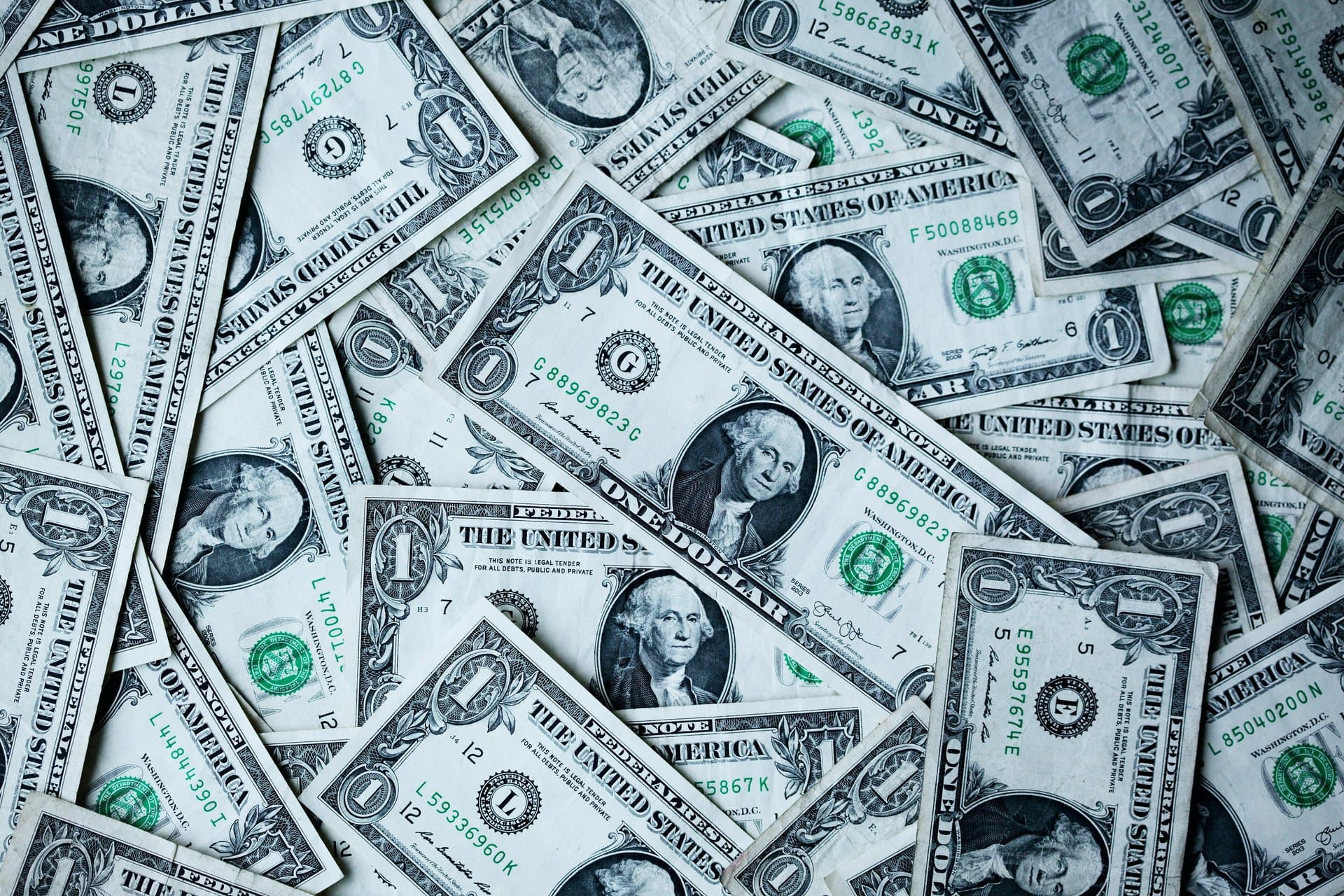Federal Reserve Interest Rate Outlook: Navigating Tariffs and Inflation in 2025
Explore how the Federal Reserve’s steady interest rates and cautious projections shape the 2025 economy amid tariffs, inflation pressures, and a cooling labor market. Understand key impacts and what lies ahead.

Key Takeaways
- Fed holds interest rates steady amid tariff uncertainty
- Inflation expected to remain above 3% in 2025
- Labor market shows signs of cooling despite low unemployment
- Tariffs contribute to price pressures, especially in goods
- Fed signals gradual rate cuts starting September 2025

The Federal Reserve’s June 2025 interest rate decision has captured the spotlight as the economy faces a tangled web of challenges. With tariffs from the Trump administration casting a shadow over inflation and a labor market showing subtle signs of strain, the Fed has chosen to hold rates steady between 4.25% and 4.5%. This pause reflects a cautious stance amid rising inflation forecasts and a slowing job market, where continuing jobless claims have climbed to nearly 2 million—the highest since November 2021. While unemployment remains low at 4.2%, economists warn that the labor force participation is declining, hinting at deeper undercurrents. This article unpacks the Fed’s latest projections, the impact of tariffs on prices, and what this means for consumers and businesses navigating 2025’s economic landscape.
Holding Rates Steady
The Federal Reserve’s decision to keep interest rates unchanged between 4.25% and 4.5% in June 2025 signals a deliberate pause amid economic uncertainty. This steady stance follows a full percentage point cut last year but contrasts with earlier expectations of more aggressive rate reductions. Investors and analysts alike are watching closely, with markets pricing in a likely rate cut only by September. Fed Chair Jerome Powell emphasized the central bank’s readiness to react to new data, underscoring a ‘wait and see’ approach. This cautiousness reflects the Fed’s dual mandate: to keep inflation in check while supporting employment. Yet, with inflation forecasts still elevated and the economy showing signs of slowing, the Fed’s steady hand is a balancing act between cooling price pressures and avoiding a sharper economic downturn.
Tariffs and Inflation Pressures
President Trump’s tariffs, the highest in nearly a century, loom large over the Fed’s inflation outlook. While some recent inflation reports have been milder than expected, analysts warn that the full impact of tariffs on prices is still unfolding. Businesses and consumers rushed purchases ahead of import duties, delaying the price hikes that are likely to appear later in 2025, especially in sectors like autos. Citi analysts predict noticeable price increases by summer, though weak demand for services such as airfares and hotels may blunt the spread of inflation. This tug-of-war creates a murky picture: tariffs push prices up, but soft consumer spending may limit how much of those costs businesses can pass on. The Fed’s projections reflect this complexity, with inflation expected to finish 2025 at 3%, well above the 2% target.
Labor Market Cooling
Beneath the surface of a still-low 4.2% unemployment rate, the U.S. labor market shows signs of fatigue. Continuing jobless claims have climbed to nearly 2 million, the highest since November 2021, signaling that more workers are spending multiple weeks searching for jobs. Hiring rates have sunk to lows not seen in over a decade, and labor force participation is declining. Preston Mui, a senior economist, notes that while the labor market appears stable, its trajectory is concerning. The shrinking foreign-born workforce, due in part to stricter immigration policies, adds upward pressure on wages and inflation in sectors reliant on immigrant labor, such as agriculture and hospitality. This subtle cooling complicates the Fed’s task of balancing employment with inflation control.
Economic Growth Outlook
The Federal Reserve’s latest projections paint a modestly stagflationary picture for 2025. Economic growth is expected to slow to 1.4%, down from earlier estimates of 1.7%, while unemployment is forecasted to rise to 4.5% by year-end. Inflation is projected to remain elevated at 3%, reflecting persistent price pressures despite slower growth. This combination—rising prices amid sluggish expansion—poses a challenge reminiscent of the 1970s but on a smaller scale. External shocks, such as the Middle East conflict and its impact on oil prices, add further uncertainty. Moody’s chief economist Mark Zandi warns that the economy will feel uncomfortable for the remainder of the year, with no quick rebound in sight.
Fed’s Future Rate Path
Looking beyond June, the Federal Reserve signals a gradual approach to rate cuts. Policymakers anticipate a half-percentage-point reduction in 2025, likely starting in September, followed by smaller quarter-point cuts in 2026 and 2027. This slow pace reflects caution amid volatile trade policies and unclear tariff impacts. Despite President Trump’s calls for aggressive rate cuts and criticism of Fed Chair Powell, the central bank remains focused on its inflation target. The Fed’s reluctance to lower rates prematurely underscores its priority to avoid reigniting inflation, even as economic growth slows. Market reactions have been muted, with stock indexes holding modest gains and Treasury yields slightly lower, reflecting a market digesting this complex outlook.
Long Story Short
As the Federal Reserve treads carefully through 2025, holding interest rates steady while signaling modest cuts ahead, the economic outlook remains a complex puzzle. Inflation is projected to hover above the Fed’s 2% target, fueled partly by tariffs that have yet to fully reveal their price impact. Meanwhile, the labor market’s subtle cooling and rising unemployment forecasts suggest the economy is entering a more uncomfortable phase. For consumers and businesses, this means borrowing costs will stay elevated for now, potentially slowing spending and investment. Yet, the Fed’s patient approach aims to balance taming inflation without tipping the economy into recession. Staying informed and adaptable will be key as these forces play out—because in this economic weather, steady hands and clear eyes make all the difference.